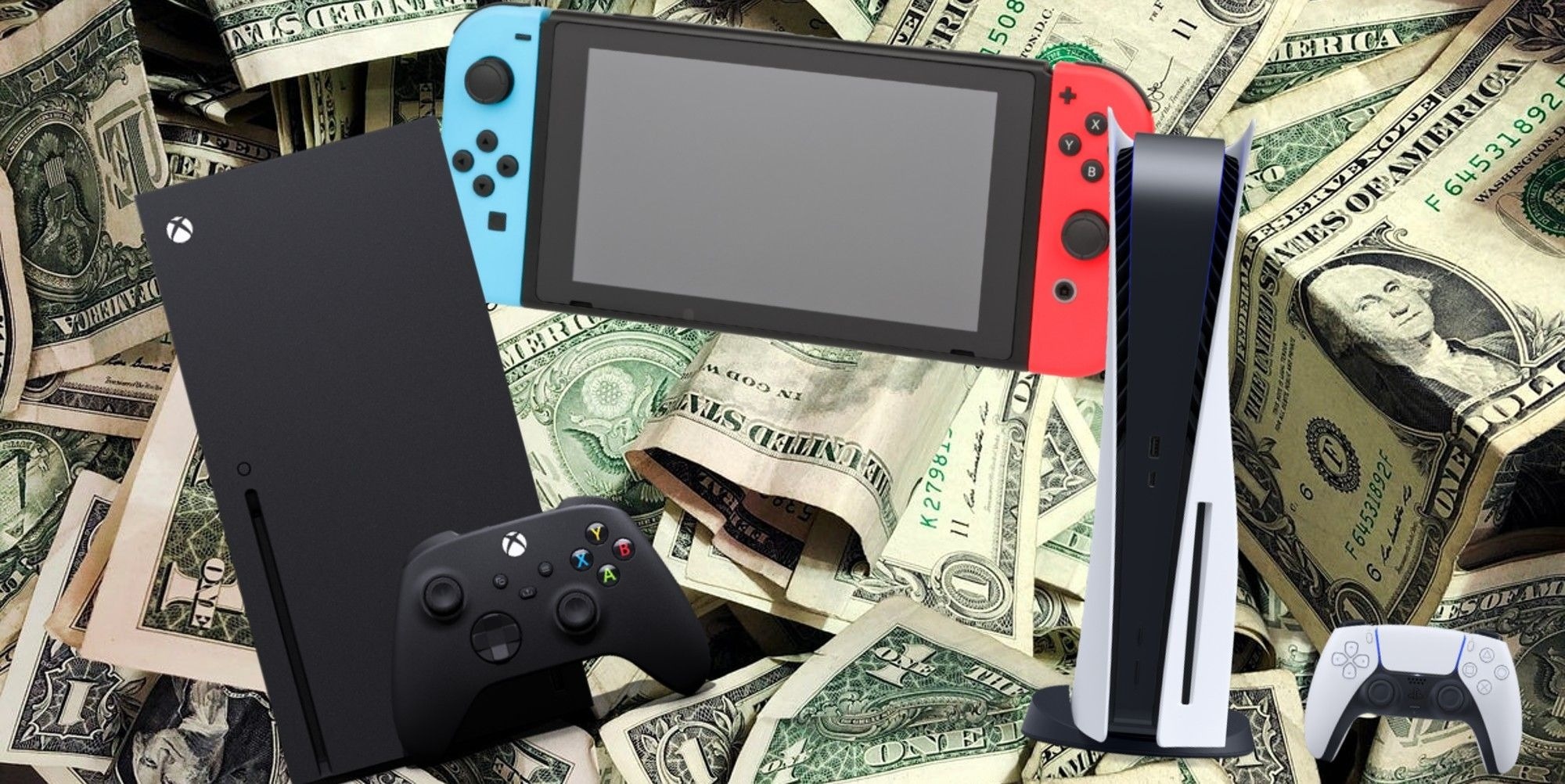
Tariffs on China were the most talked-about topic in US politics in April. According to US Commerce Secretary Howard Lutnick, imposing heavy tariffs on China could lead to American workers having jobs in high-tech iPhone factories.
However, the truth is that no matter how determined the US president is to eliminate imports from China, eliminating this habit is still a difficult task, especially in the technology sector.
Deep penetration
After decades of trade integration, Chinese companies have become essential suppliers of countless items, from niche products to things that many Americans “can’t live without.”
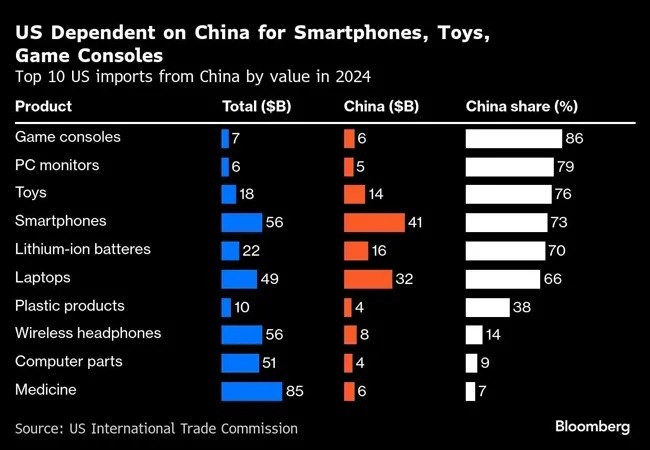 |
Top 10 US imports from China by value in 2024. Photo: Bloomberg. |
According to Bloomberg , in 2024, smartphones, mostly Apple iPhones, will be the largest US import item from China with a value of $41 billion , accounting for more than 70% of total smartphone imports.
In addition, the country is also the supplier of nearly 90% of the game consoles that American consumers buy from abroad.
Untangling the relationship will be a major challenge, even after President Donald Trump imposed tariffs of more than 100% on all imports from China.
It is clear that Mr. Trump’s goal is to rebalance global trade and bring manufacturing back to the U.S. In simpler terms, the White House is reversing decades of American and global companies moving operations abroad, building complex supply chains through China and many other Asian countries.
Things won’t change overnight, though. According to 404 Media , Apple can’t immediately bring iPhone production back to the US. In theory, the company could build an assembly line, but that would take years.
Economists and manufacturing experts have been trying to figure out how much an iPhone made in the United States would cost in recent years. In 2018, a Quora answer suggested it could be as high as $30,000 . Reuters ’ calculations, meanwhile, were based on Trump’s tariffs of $2,300 .
Not just about technology
The near-total dependence on certain goods made in China means many consumers and businesses in the US are facing difficulties.
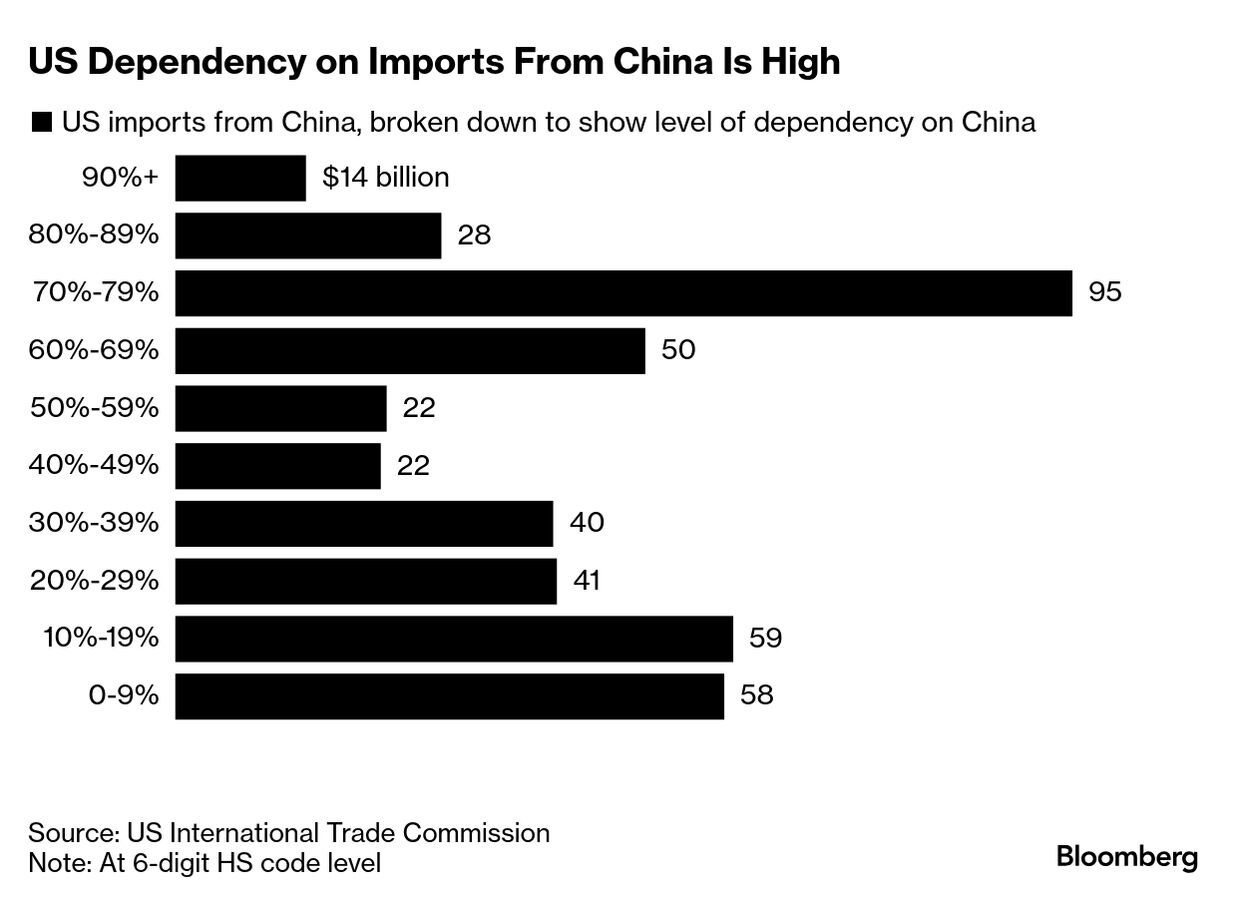 |
Many goods in the US are heavily dependent on China. Photo: Bloomberg. |
More than 99 percent of the electric toasters, electric blankets, calcium carbonate, and alarm clocks imported by the United States come from China. The same goes for more than 90 percent of the umbrellas, vacuum flasks, artificial flowers, LED lights, and wooden clothes hangers.
The risks are particularly high given China's dominance in the supply of critical minerals and metals, with Beijing increasingly using control of production and processing as a geopolitical tool.
In 2024, Chinese companies supplied nearly 80% of scandium and yttrium. These rare earths are essential to the iPhone. They are used in the phone's battery, color the display, and make the phone vibrate when receiving notifications.
Mr Trump’s new “tit-for-tat” tariffs are throwing diversification plans into disarray, forcing US businesses to urgently reconsider where and how they produce their goods.
Steve Greenspon, CEO of Illinois-based home goods company Honey-Can-Do International, began moving much of its manufacturing from China to Vietnam during Trump’s first term. The company supplies home goods such as shelves, hangers and storage baskets to major US retail chains such as Walmart, Target and Amazon.
 |
Apple CEO Tim Cook shows Mr. Trump the motherboard of the Mac Pro, a computer model Apple assembled in the US in 2019. However, many components of the Mac Pro still have to be imported from other countries. Photo: Reuters. |
Before Mr. Trump took office, about 70% of the company’s products came from China. But that proportion has since fallen to less than a third, with Vietnam and Taiwan (China) becoming important alternative destinations.
But the news of higher tariffs on goods from both Vietnam and Taiwan hit hard. “It really crushed our company. It was disappointing. It made us sad and angry,” he said.
“As an American company, it is heartbreaking that the government would act this way,” Greenspon added, stressing that bringing manufacturing back to the US is not feasible due to high labor costs and infrastructure that cannot meet production needs.
According to Greenspon, the new tariffs will force businesses to increase prices for consumers, making products less competitive in the market.
Source: https://znews.vn/su-hien-dien-cua-trung-quoc-trong-nganh-cong-nghe-my-post1544653.html


![[Photo] Special flag-raising ceremony to celebrate the 135th birthday of President Ho Chi Minh](https://vphoto.vietnam.vn/thumb/1200x675/vietnam/resource/IMAGE/2025/5/19/1c5ec80249cc4ef3a5226e366e7e58f1)
![[Photo] Prime Minister Pham Minh Chinh attends the groundbreaking ceremony of the Tu Lien Bridge construction investment project](https://vphoto.vietnam.vn/thumb/1200x675/vietnam/resource/IMAGE/2025/5/19/d4a14c8f00214e42893e7760b91df468)



![[Photo] Party and State leaders visit President Ho Chi Minh's Mausoleum](https://vphoto.vietnam.vn/thumb/1200x675/vietnam/resource/IMAGE/2025/5/19/d7e02f242af84752902b22a7208674ac)




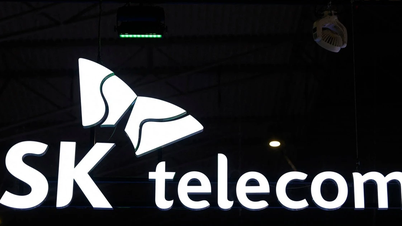




































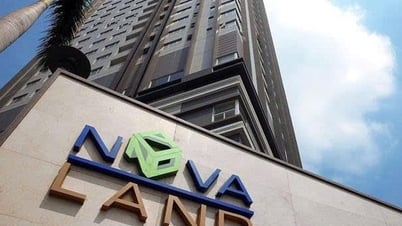





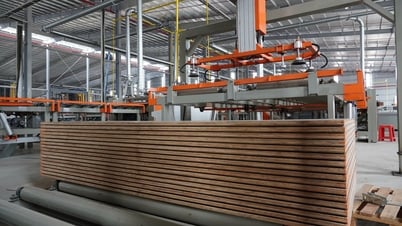

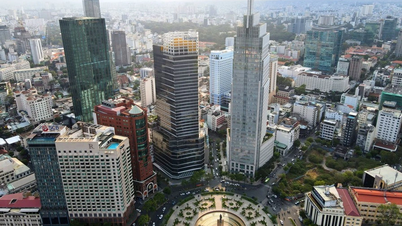
























![[VIDEO] - Enhancing the value of Quang Nam OCOP products through trade connections](https://vphoto.vietnam.vn/thumb/402x226/vietnam/resource/IMAGE/2025/5/17/5be5b5fff1f14914986fad159097a677)







Comment (0)